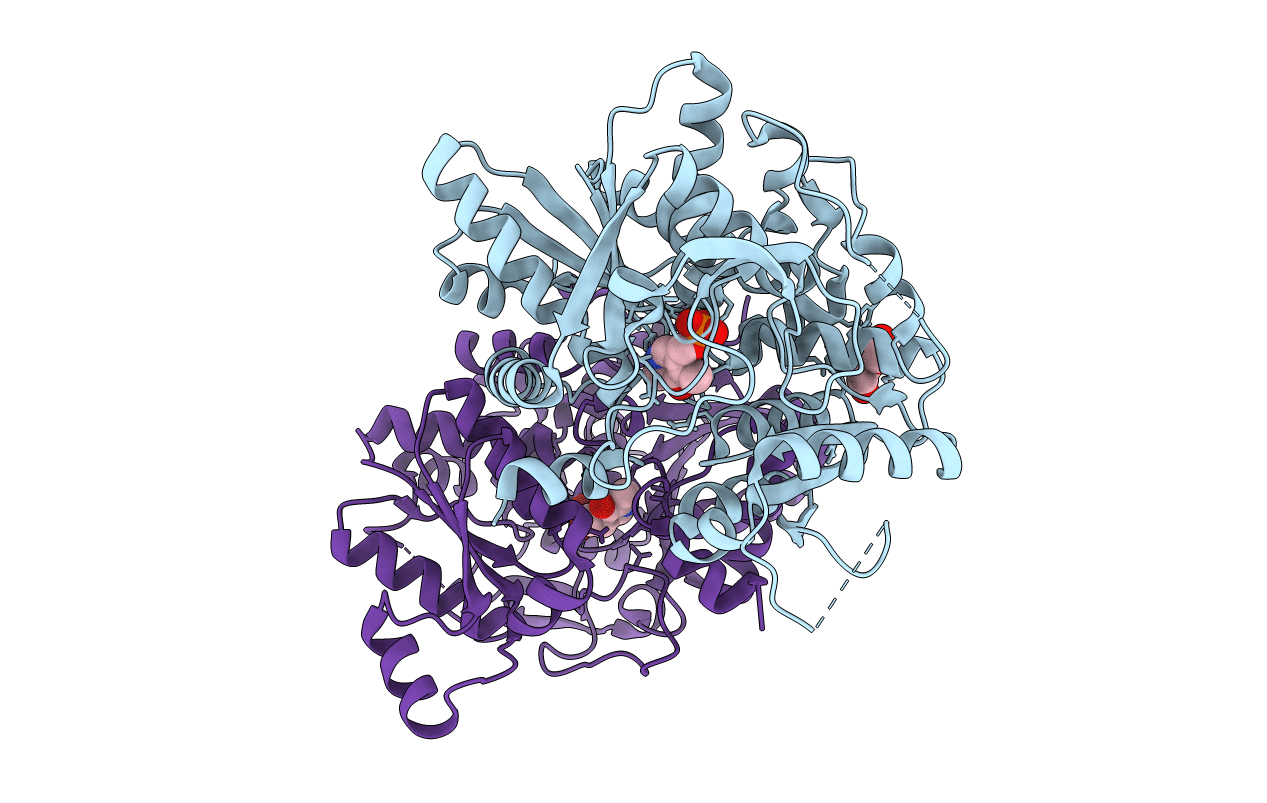
Deposition Date
2018-10-04
Release Date
2018-11-21
Last Version Date
2024-01-24
Entry Detail
Biological Source:
Source Organism:
Sulfolobus solfataricus (Taxon ID: 2287)
Host Organism:
Method Details:
Experimental Method:
Resolution:
1.96 Å
R-Value Free:
0.21
R-Value Work:
0.16
R-Value Observed:
0.16
Space Group:
P 1 21 1


